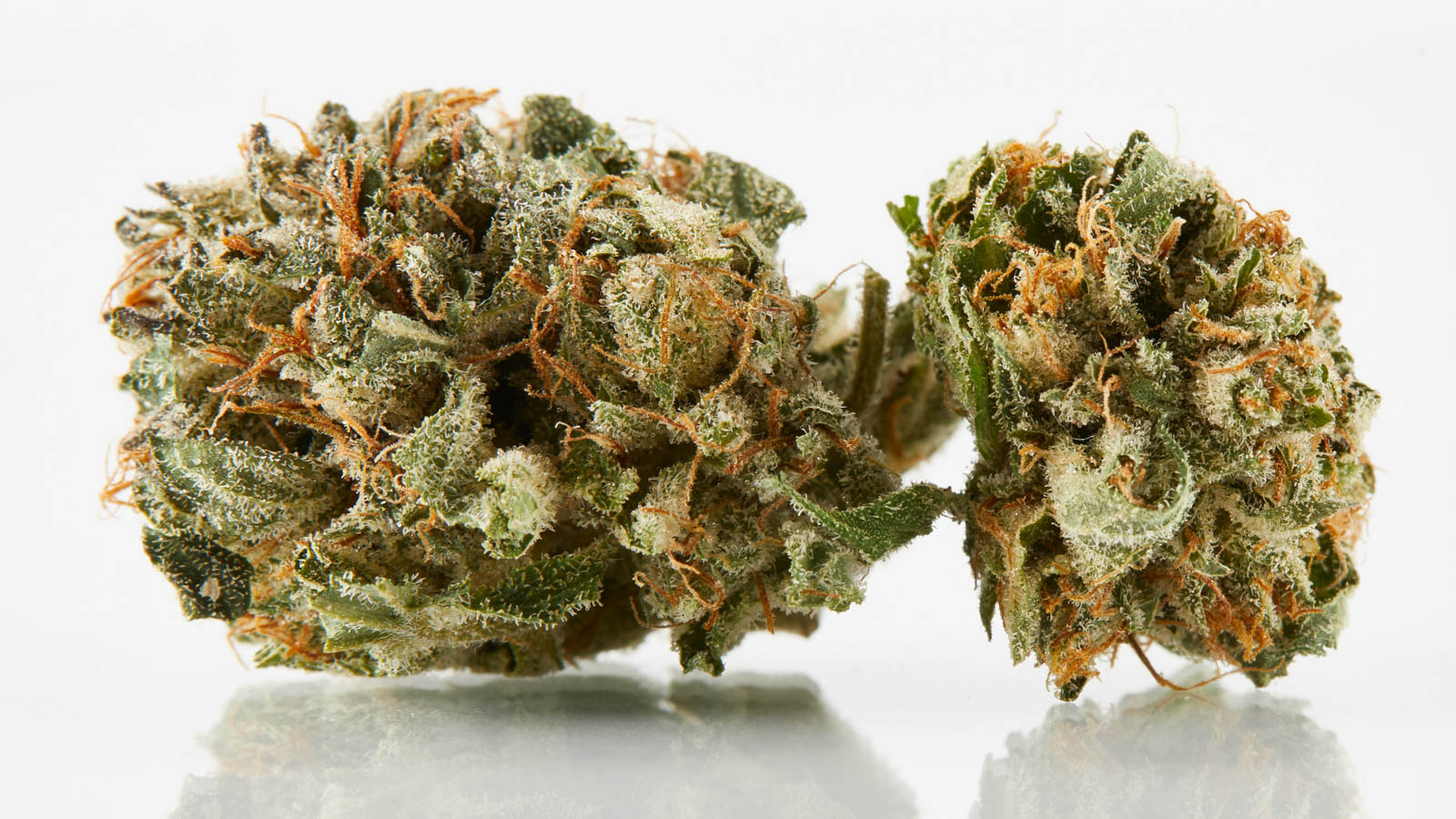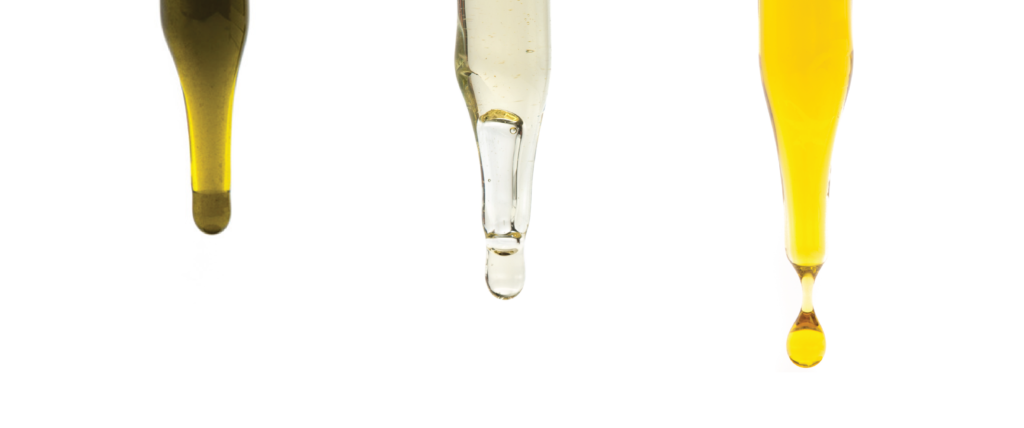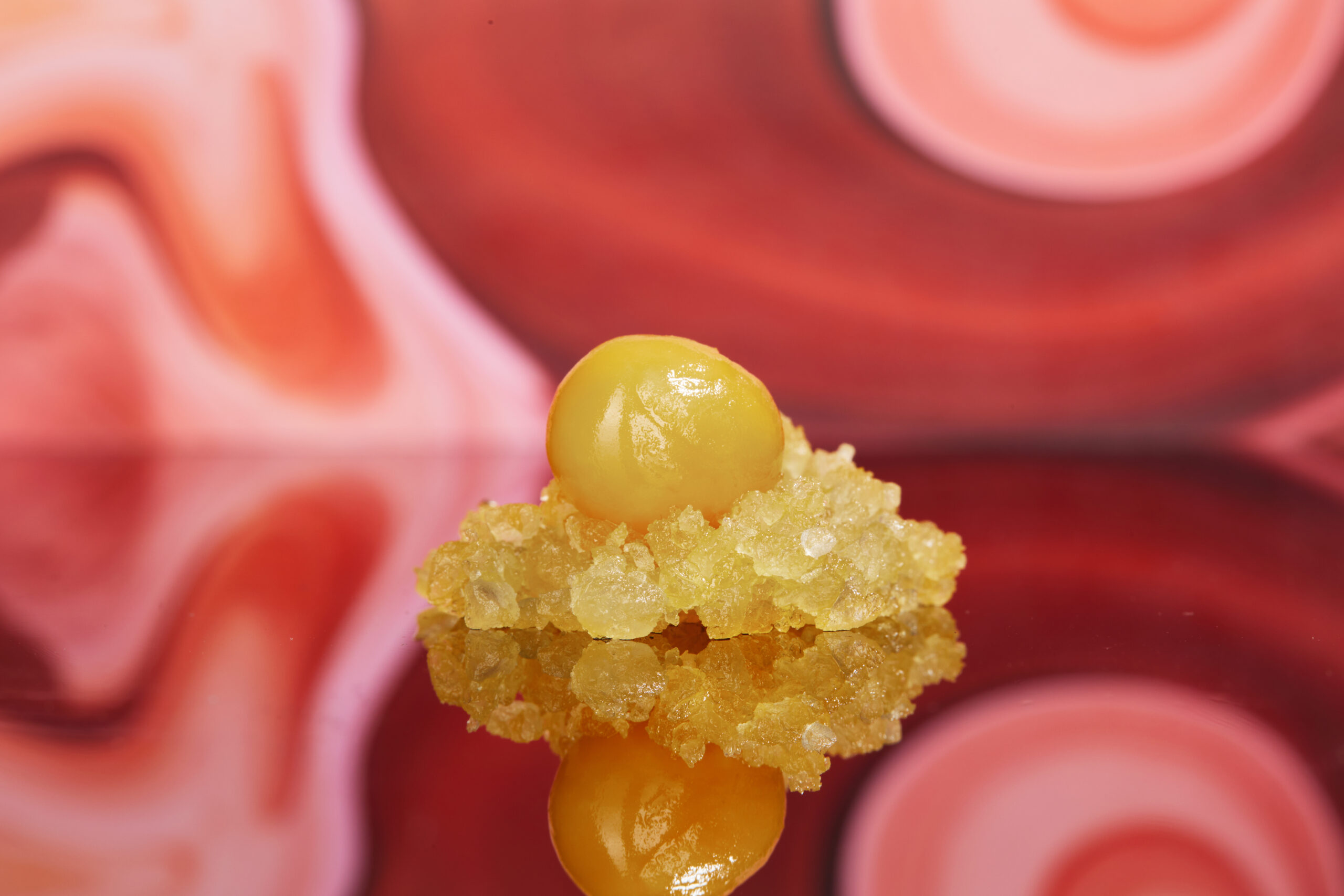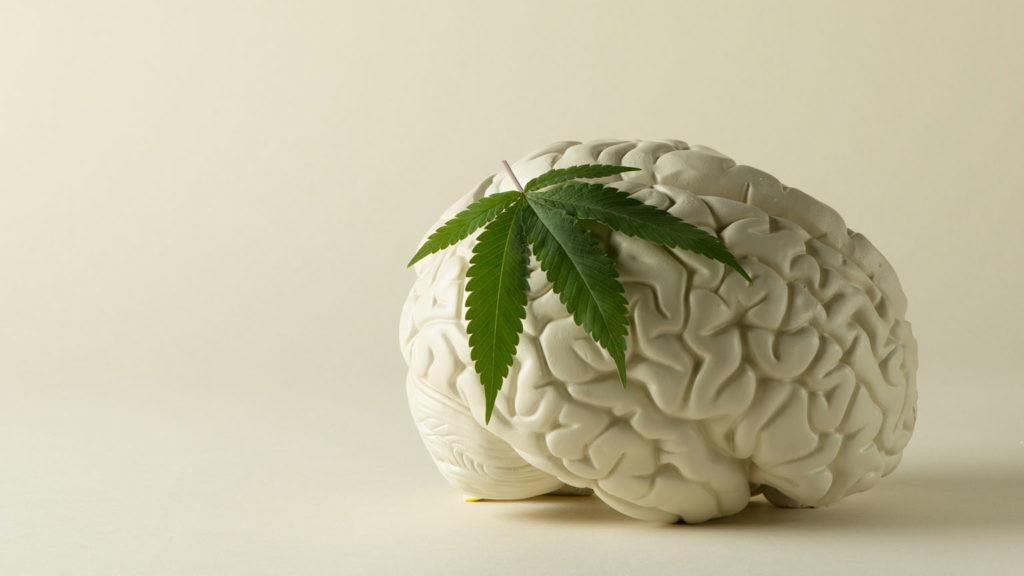If you're new to weed, getting familiar with the most common weights and measurements is a good idea. Gram, eighth, quarter, ounce — sometimes it seems like there are as many ways to weigh cannabis as smoking it. Add slang terms like “dime bag” or “dub,” and weed measurements can get very complicated very quickly.
Learn the basics around the most common weed measurements, slang terms, and average prices for each amount of weed you can typically find in a dispensary.
How is weed measured?
Dried and cured cannabis flower is measured and sold by weight. The standard unit of measurement for cannabis is the gram (g), but it can also be measured in larger units like ounces (oz) or pounds (lb).
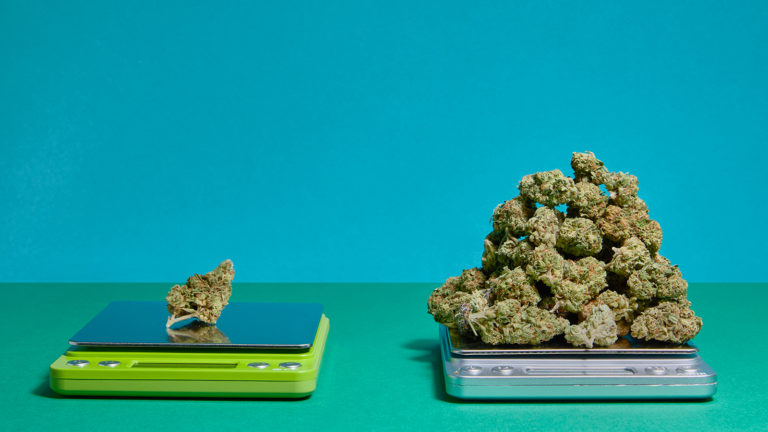 Photo by: Gina Coleman/Weedmaps
Photo by: Gina Coleman/WeedmapsImage lightbox

Here's a quick reference of weed measurements and their equivalent in grams:
1 eighth = ⅛-ounce = 3.5 grams
1 quarter = ¼-ounce = 7 grams
1 half = ½-ounce = 14 grams
1 ounce = 28 grams
1 pound = 453 grams
Note: You might wonder, if there are 16 ounces in a pound and 28 grams in an ounce, wouldn't 448 grams in a pound? This discrepancy has to do with rounding. There are technically 28.3 grams in one ounce; the gram is a metric unit, and the pound is an imperial unit of measurement commonly used in the US, so they do not always divide and multiply neatly.
Breakdown of weed measurements
Here are the most common units of measurement for weed, from the smallest to the largest:
How much is a gram of weed?
A gram is also known as a “dime bag” since a gram of cannabis was often sold for around $10 back in the day. Technically, it's a metric unit of mass equal to one-thousandth of a kilogram. A gram of weed is a small amount — one or two buds, or enough for about one or two sessions — which makes it a solid choice for those searching for new strains without wanting to buy too much.
Average price: $5 to $20
How much is a dub of weed?
A "dub" is a slang term for either $20 worth of weed or two grams of weed, depending on the context. The exact amount of cannabis you get in a dub and the price can vary depending on location, quality of the cannabis, and the local market.
Average price: $20
How much is an eighth of weed?
An eighth, also known as a “slice,” is an eighth of an ounce or 3.5 grams of weed. Eighths are one of the most popular weed quantities — for many, an eighth of weed is the perfect amount since it's enough to feel like you have plenty at your disposal but not so much that you must rush and consume it before it ages.
Average price: $35 to $60
How much is a quarter of weed?
A quarter of weed, also known as a “quad,” refers to a quarter of an ounce and weighs approximately 7 grams — enough to provide for one large joint a day for a week or 14 half-gram joints.
Technically, a quarter of weed weighs 7.0874 grams, but the industry standard is to round down to the nearest gram. The most common slang term for a quarter of weed is a “quad.”
Average price: $50 to $100
How much is a half of weed?
A “half” is a shorthand term for a half-ounce of weed weighing 14 grams.
Average price: $100 to $200
How much is an ounce of weed?
One ounce of weed should technically contain 28.3 grams, but for the sake of simplicity, most round down to 28 grams. A full ounce is typically the largest amount you can buy at a time when buying weed at a dispensary due to possession laws. But people who work within the cannabis industry, such as buyers and dispensary owners, can buy in larger quantities, including pounds and kilograms.
How much is a zip of weed?
One ounce may also be called a “zip” of weed. Though it's hard to say for certain how the term originated, the most popular theory is that since an ounce of weed fits in a Ziploc bag, it's possible the “zip” simply became shorthand.
Average price: $200 to $400
How much is a pound of weed?
A pound of cannabis is one of the rarest weed quantities you can buy and is largely only seen by growers and dispensary owners. A pound contains 16 ounces of weed, or 453 grams. You could roll 453 large joints, twice as many half-gram joints, or pack upwards of 1,000 bowls.
Since most premium weed maintains its quality for about six months, even daily consumers are unlikely to use a full pound of weed before it dries to a crisp or gets exposed to moisture and spoils.
Average price: $1,000 to $3,000
How to make sure you're getting what you pay for
Whether you're looking to get a gram to test out a new strain or investing in a full ounce of your go-to, you'll want to ensure you're getting what you pay for. The only way to know that your cannabis is the proper weight is to use a scale.
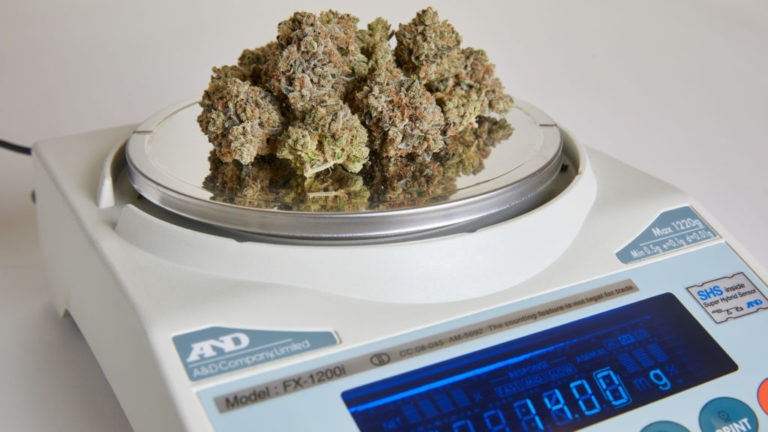 Photo by: Gina Coleman/Weedmaps
Photo by: Gina Coleman/WeedmapsImage lightbox

When buying flower from a bulk bin, the budtender should weigh your cannabis in clear view. If you get to the dispensary and can't remember the gram conversions, just ask your budtender; they will be able to tell you how many grams are in an eighth, quarter, half, or ounce and then weigh out the weed to show you that the cannabis you're taking home is the amount you paid for.
In some states with adult-use cannabis laws, flower must come pre-packaged, so it should be measured correctly before arriving at the dispensary. If you still want to ensure that it's the weight indicated on the package, weigh the flower with a scale at home.
Bottom line
If you're a medical patient trying to plan out the right dosage or a recreational smoker looking to get a good deal, knowing how weed is measured is an empowering first step to finding the right product. Note that weed prices vary widely from state to state, so keep tabs on weed deals near you.

